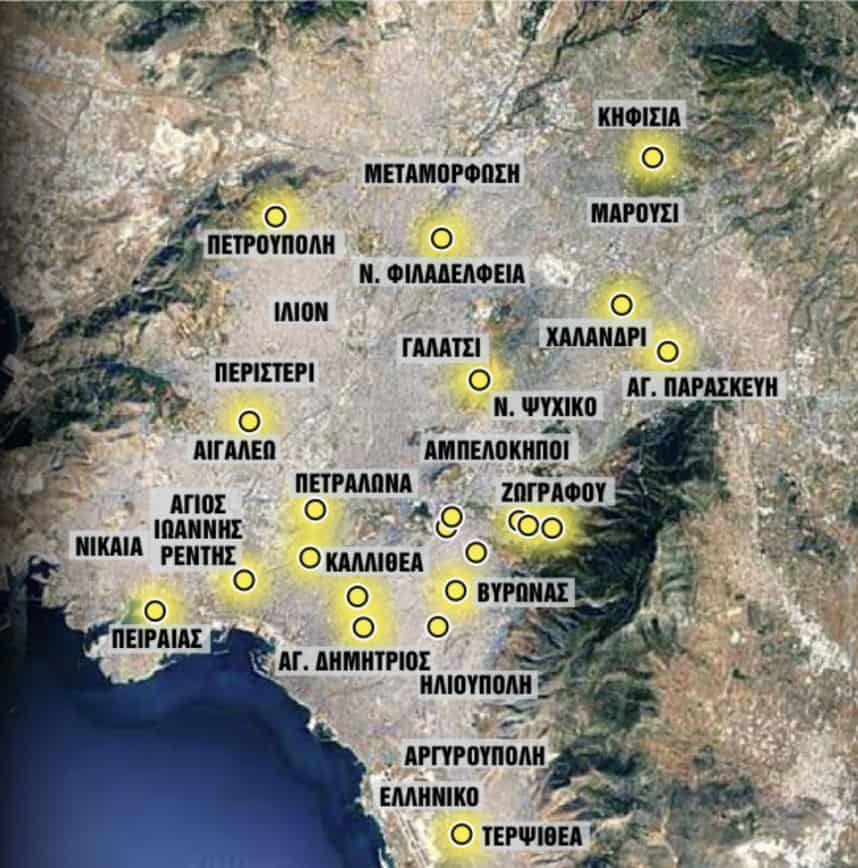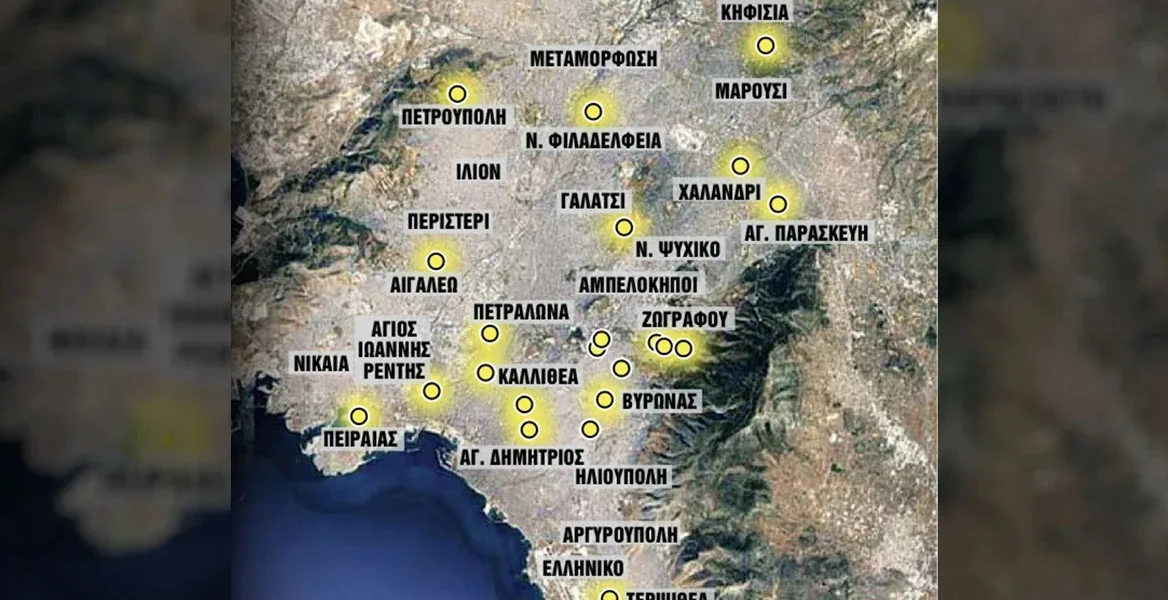The Environmental Radioactivity Laboratory of the National Kapodistrian University of Athens research reveals that radioactive traces linked to Chornobyl are still found in Athens 37 years after the nuclear accident that shocked the world.
According to a report by the newspaper "Ta Nea", the research showed that in 23 parks of Lekanopedi, the presence of cesium 137 (Cs-137), one of the most common fission products of uranium, was found.
In 1986, a few days after the nuclear accident, scientists from the National Technical University of Athens and the "Demokritos" Greek National Research Institute had recorded high concentrations of dangerous radioisotopes, such as radiocesium but also iodine and tellurium, in Greece.
Ten years later, measurements showed that Greece had almost eliminated everything except cesium 137. Scientists clarify that the levels they found in their recent research are well below the danger limit but are indicative of the persistent presence of cesium.

The researchers' samples were compared with corresponding measurements from Barcelona, where lower levels were recorded, and from Bucharest, where higher amounts were found.
The scientists aim to extend their research to other areas of Greece, such as Grevena or Karditsa, which were more affected by the nuclear accident in 1986.
This is an important research work, as in this particular area, they have yet to be implemented recently in broad studies rather than only sporadic measurements.
"Research is being done in Greece; there are many young researchers who, if properly supported, can bring serious results in the future", Theodoros Mertzimekis, associate professor of Nuclear Physics at EKPA, told Ta Nea.
"We made an extensive effort to record natural radioactivity levels in urban parks of Attica 37 years after the Chornobyl nuclear accident," he explained.
"Along with the levels of natural radioactivity, which are directly related to the geological composition of the soils studied, traces of radiocesium attributed to fallout from Chornobyl were also found.
"We chose locations as undisturbed by anthropogenic activity as possible so that a more objective assessment of the evidence deposited at that time could be made."
"The samples were measured and studied at the Environmental Radioactivity Laboratory of EKPA with modern radiation detectors, with a well-calibrated system, in the context of the thesis of Phoebus Gelatsoras.
"And because we want information open to society, in collaboration with the researcher Pavlos Krassakis, we created an interactive map, a special information system of geospatial distribution with possibilities for future upgrading and expansion of the data."
READ MORE: Scientific Study Unveils Parthenon Marbles True Colours.


